We aim to provide a “learning place” that fosters the ability to explore on their own, and to develop teaching materials and feed back the results of these research to local communities and school sites nationwide.
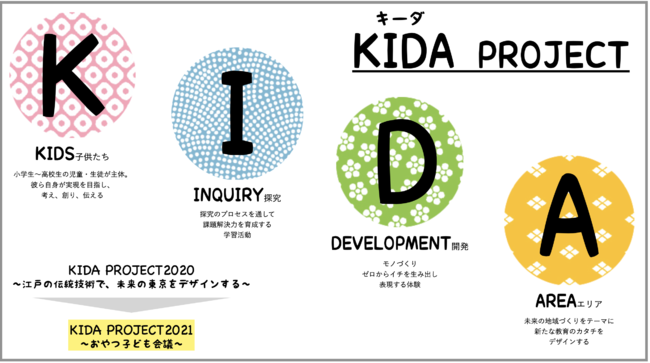 What is KIDA PROJECT?
What is KIDA PROJECT?
The theme that children worked on at the online inquiry workshop [(R) Children’s Product Development” held at KIDA PROJECT 2020 was “succession problem of traditional industry”.
Children are planning “new products and services” that make use of tradition by themselves, making use of genuine learning from top-notch craftsmen and product development professionals. As a result presentation, “Presentation session*3” was held in January and March, 2021, and a total of 41 people from the second grade of elementary school to the high school student presented it online to craftsmen and corporate professionals.
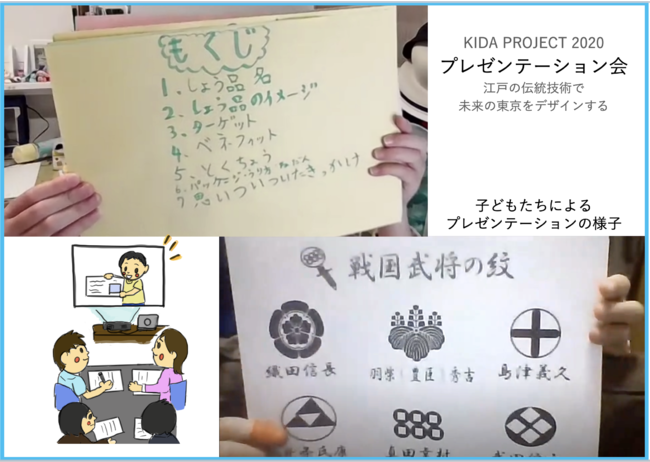 Online presentation session
Online presentation session
After that, two products were prototyped by craftsmen from the proposed product plan and exhibited at the event. In addition, some participants challenged another business contest in the same project.
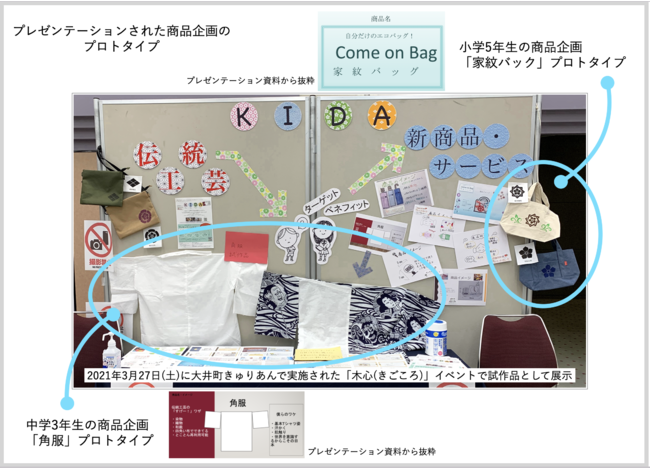 Prototype exhibition of new product planning
Prototype exhibition of new product planning
The research of KIDA PROJECT 2020 is a workshop [(R) Children’s Product Development] where you can achieve a real presentation through the exploration process. We conducted research and research while hypothesis testing how children will change.
Therefore, in advancing research learning, “1.Visualization of self-learning through presentation production and retrospectives” and “2. It became clear that the three most important things are the proactive learning attitude created by increasing the desire to explore, and “3.Creating a “place of learning” other than schools in collaboration with craftsmen, companies, local communities, etc.
Kida PROJECT 2020’s attempts are challenging in exploratory learning, which is a developing field of learning, but it has been a major step toward embodying the possibilities of exploratory learning that fosters the “ability to create new value that is not present” required of children who survive in a new era.
We will continue to work with the aim of providing teaching materials and teaching methods that can be delivered to elementary, junior high, high school students, and teachers in the field nationwide. ※4
▼※1 KIDA PROJECT2020 Detail Page
https://peraichi.com/landing_pages/view/kida2020/
▼※2 This research has received the Hakuhodo Education Foundation “2020 Research Grant on Child Education Practice”
https://www.hakuhodofoundation.or.jp/subsidy/recipient/2020.html
▼※3 March presentation
https://oimachi-keio.com/pj/ooimachi-campus/kida2/
▼※4 Corporate Collaboration KIDA PROJECT 2021 “Snack Children’s Meeting” held on December 4, 2021
https://kidsm.hp.peraichi.com/kida2021
■Educational reform and the gap between the field (Mr. Mina Daigo) – Necessity of research on exploring learning –
With the revision of the Course of Study, major educational reforms have been carried out, which is said to be one of the largest in the postwar period.
This is exactly what we are conscious of in the new learning of the Society 5.0 era, and especially in the curriculum of high schools, there is a need to learn independently more than ever, such as “comprehensive exploration time” and “exploration” being emphasized in each subject.
On the other hand, in school settings, the teaching content and style of methods of “exploratory learning time” have not yet been maintained, and there are many actual conditions that it has been replaced by other learning activities (supplementary lessons for each subject, school events, etc.), and the guarantee of learning qualitatively and quantitatively has not been possible.
I myself was in charge of teaching courses at university and at the same time as teaching in teacher license renewal courses, but I was very worried about teaching students and on-site teachers this “exploratory learning”.
This is because I have never learned by focusing on “exploration”, and I have not been able to fully grasp what it is like. Therefore, I started to relearn “what is exploring learning” at graduate school, which is how I decided to do this research.
■Research Results
The results of the research were reported at the 15th Research Grant on Child Education Practice held on October 3, 2021.
▼Detailed Research Results
https://www.hakuhodofoundation.or.jp/subsidy/recipient/pdf/15_06.pdf
<Key points of research results>
The results of this study were the following results based on hypotheses.
1. The importance of making one’s own learning visible through presentation production and retrospectives
In order for students to explore autonomously and develop their qualities and abilities, it is necessary to “sentence” and “visualize” their own learning using photographs and sentences through the creation of presentation materials, retrospective sheets, Photobooks, etc.
2. An independent learning attitude created by increasing the desire to explore
When students become more motivated to study inquiringly, existing knowledge and skills are not enough, and they will seek more specialized and deeper learning.
3. The importance of “learning opportunities” other than schools in collaboration with craftsmen and companies
It is important to incorporate cross-subject learning systems and active learning that support “exploratory learning” and to create “learning opportunities” outside of schools in cooperation with local communities, craftsmen, and companies.
■Kida Project 2020 Program, a research learning program that fosters a desire to take on challenges
A third-year elementary school student who presented a product project called “The Craftsman” evolved the project and challenged the “R-StartupStudio Scholarship Program” online pitch and was selected as a finalist.
*R-StartupStudio Scholarship Program: A scholarship program for children under the age of 18 who view social issues as their own and are serious about taking concrete actions to solve them, with the aim of creating an environment where they can become absorbed in their own challenges (activities)
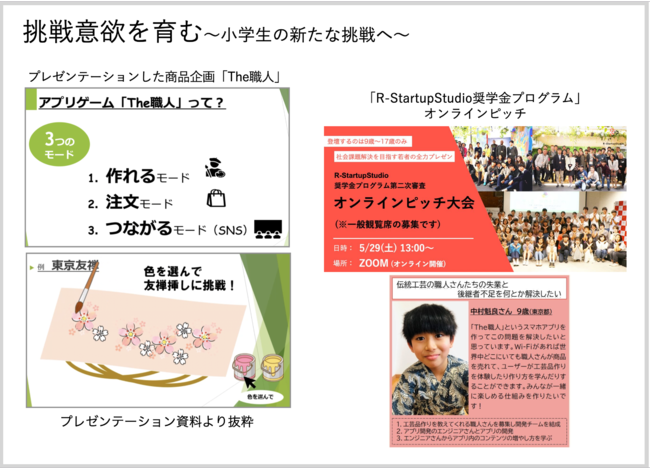
■ Professional Wag judges prototype products planned by children
Among the products presented, junior high school students’ product planning “Kakuhatsu” and elementary school student product planning “Family Crest Back” were selected as Shinagawa Craftsmen’s Group*, one of the cooperative organizations of “KIDA (Keeda) PROJECT 2020”, and the prototype was produced and exhibited as a prototype at the “Kigokoro” event held at Oimachi Kyuria on Saturday, March 27, 2021.
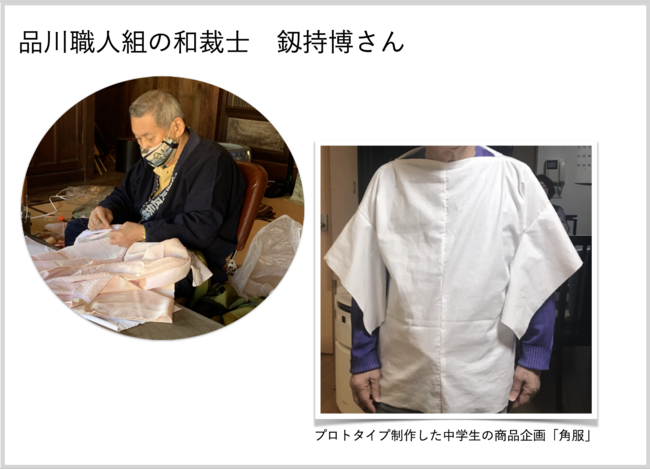
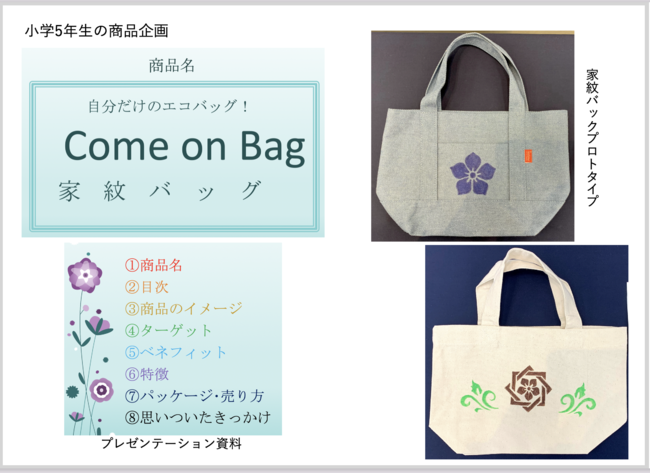
* Shinagawa Craftsman Group: Shinagawa Kogumi is an organization of craftsmen who make traditional crafts using good old Japanese traditional techniques based in Tokyo “Shinagawa”. While passing on the old times, we are transmitting it domestically and internationally as “new and traditional crafts” centered on new and sophisticated manufacturing.
Shinagawa Craftsman’s Official Website
http://www.scmg.jp/
■What is the research program [(R)Children’s product development] used in KIDA PROJECT2020?
[(R) Children’s Product Development] is an original exploration learning program developed by Kids M.
Elementary and high school students learn their work from product development professionals, collecting and analyzing information, generating ideas, planning, and verifying research, making presentations, and ultimately providing opportunities to present to real companies.
The opportunity has become a successful experience, creating an exceptional sense of accomplishment, and aiming to “ignite confidence and willingness to challenge”.
Through the research of KIDA PROJECT2020, “the importance of genuine presentation” that [(R) children’s product development” is particular about, “to increase the desire to explore” through the process of exploring product development filled with our know-how, “to lead to an attitude to learn independently by increasing the desire to explore”, and “to lead to an attitude to learn independently” and “various other than schools such as companies and regions” the importance of learning opportunities in collaboration with people and organizations.
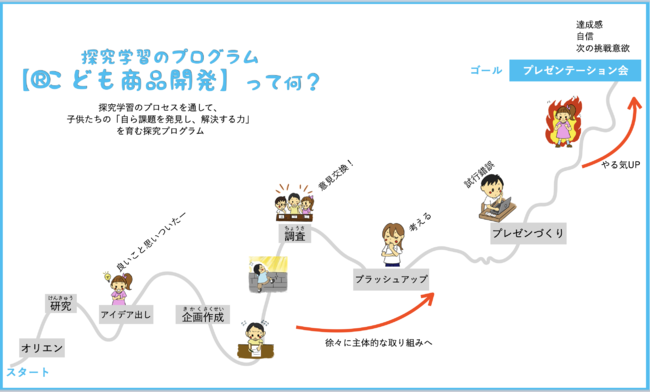
■【(R)Children’s Product Development】January 8, 2022 Regular Course
From January, a course where you can experience [(R) children’s product development] used at KIDA PROJECT 2020 will start.
This program is based on the themes of stationery and sweets that elementary and junior high school students can enjoy, and that elementary and junior high school students can acquire the essential powers of the coming era.
◉ Course 1: Stationery × Plus Co., Ltd.
Based on fun stationery such as The Fujisan Eraser, we will plan products in seven workshops and present them to Plus Co., Ltd. (Partner: Plus Co., Ltd.)
▼For details, please check here:
https://peraichi.com/landing_pages/view/cxjyn
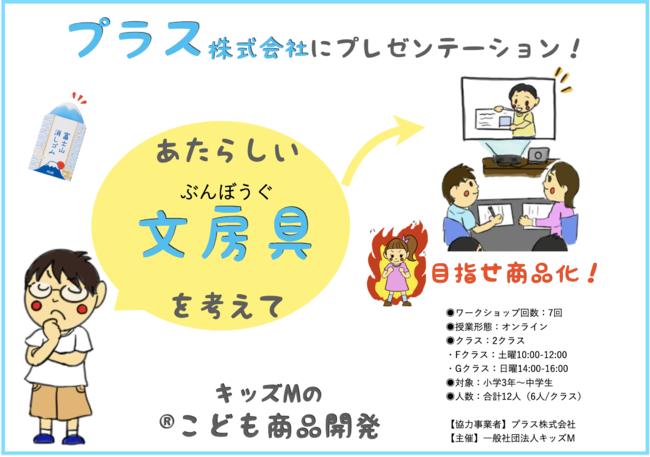
◉ Course 2: Sweets × Co., Ltd. Snack Company
Based on fun sweets such as baby star ramen, we will plan products in seven workshops and present them to Snack Company Co., Ltd. (Partner company: Snack Company Co., Ltd.)
▼For details, please check here:
https://peraichi.com/landing_pages/view/c2oni
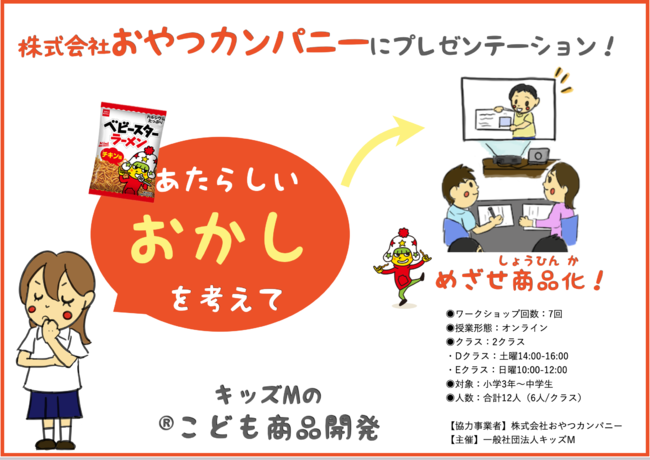
■KIDA PROJECT Member
・ Mr. Mina Daigo (sponsored)
Master of Science, Policy and Media), Ph.D. (Academic)
M.A., Graduate School of Media and Governance, Keio University
Current Senior Member, Keio University SFC Research Institute
Associate Professor, Faculty of Economics, Osaka University of Economics and Law
Keio University SFC Research Institute “Mirai no Machizukuri Lab”, “Society 5.0 Era Learning, Education and Lab” Project Member, Secretary, International Exchange Committee, Japanese Society of School Education
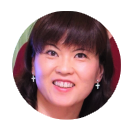
Takako Nogaki (Kids M Lecturer)
After working for a domestic airline, he was engaged in human resource development training at a human resources education company and a foreign-affiliated company. Japan Parent-Child Coaching Association Certified Coach Pit-in Card/Master Instructor
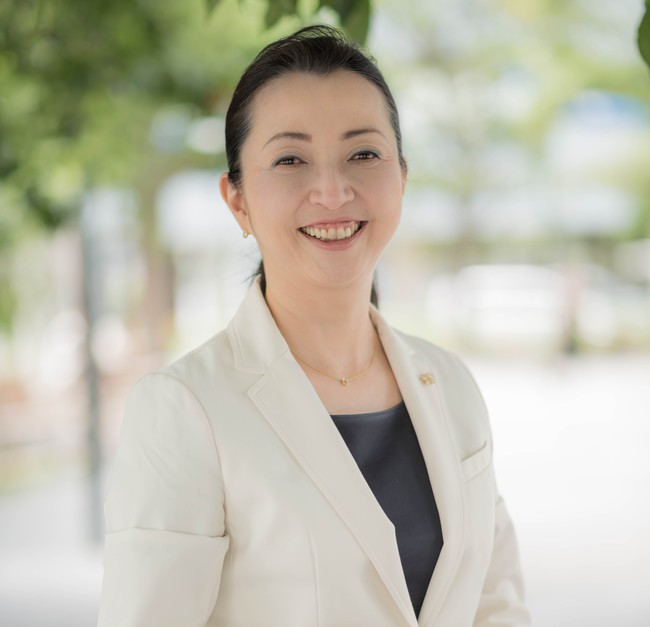
Naoko Kumamoto (Kids M Lecturer)
A product developer who has been engaged in food product development and advertising at a manufacturer, and has worked on various brand management and new projects. Registered Dietitian, Nursery Teacher
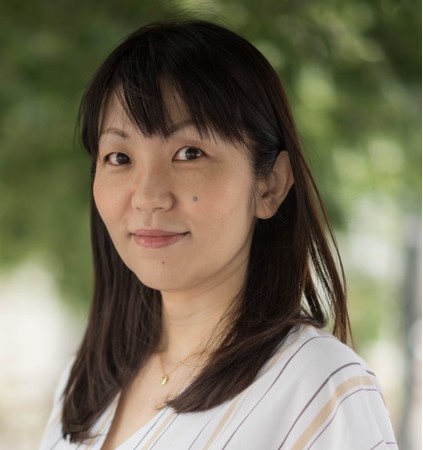
*The history of research by > Daigomina, referring to <
■Japan’s successor problem behind KIDA PROJECT2020
Why did kida project 2020 incorporate traditional industries into the theme? It all started when I learned about the fact that the problem of successors of Japanese companies was becoming more serious in the “Family Business” class I took when I was a graduate student, and I wanted my children to see this issue as a more familiar social issue.
Of course, in the Society 5.0 era, I think that there are many things that are gradually selected and disappeared. However, it is too sad that the traditional techniques and values that our predecessors have cultivated over the years are quietly lost without being known to the public.
First of all, I wanted many children to have this experience through the project, by making them know about the charm and goodness of Japanese traditional culture and industry, and finding their value in their own way by deepening their explorations.
■Traditional culture, connecting local communities with children
In advancing KIDA PROJECT 2020, the first barrier was that we, who provide information to children, did not understand the traditional culture and industry of Edo well.
In order to shoot videos for teaching materials, we interviewed various craftsmen, companies, organizations, etc.
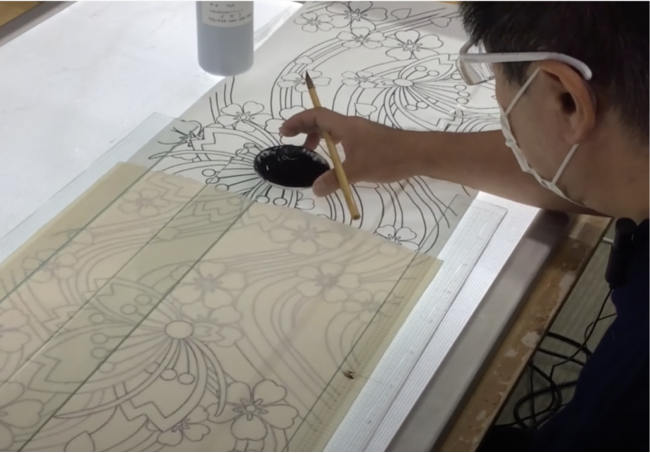
I was shocked that the successor problem was more serious and complex than I had imagined, and that there were many issues such as money and goods as well as people, and these issues were shared as issues only in specific fields and occupations.
First of all, we decided to make a video of some of edo’s traditional culture and the manufacturing process, have children watch it, and work on product design that makes use of traditional techniques with free ideas.
“KIDA PROJECT 2020” has also started with a briefing session for parents, holding workshops according to the developmental stage, submitting retrospective sheets using Google Classroom, etc., while always communicating with Kids M and graduate student supporters, we have been proceeding through trial and error.
In addition, the final presentation session held online was attended by craftsmen from Shinagawa Ward, Sumida Ward, Chuo Ward, etc., various companies and local residents, and we were able to receive advice to children. I think it was a valuable experience for the children.
■Establishment of Mirai town, establishment of a lab and practice of community collaboration research and learning
In the first year of the hospital, where theoretical research was also advanced, the Keio University SFC Research Institute “Mirai-no-MachiZukuri Lab” was established in Oi-cho, Shinagawa-ku, Tokyo, and in cooperation with children living around Oimachi and local people, we practiced exploratory learning to solve regional issues during the summer vacation.
There, elementary and junior high school students used mind maps to visualize local issues and interview local people to explore solutions to them. In the end, we were able to gather people from many local communities and present their research results.
Each presentation was constantly asked questions and opinions from local residents, but I was very impressed that the children were sincerely receiving and answering without flinching. In addition, we were able to get opportunities for local elderly people to teach us things that we could not look up by ourselves, and we found that children and adults can “learn each other” through exploring learning.
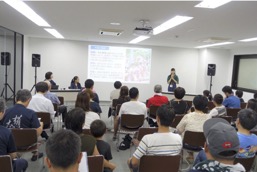 Presentation of research results
Presentation of research results
■The launch of KIDA PROJECT was triggered by corona disaster
In my second year of graduate school, I decided to receive the research grant from the 15th Hakuhodo Education Foundation, and I was excited to be able to do more practical research, and I was in a situation where I could hardly do practical research due to the corona disaster.
I was keenly aware that all university classes were prohibited online and lab activities were completely prohibited, and that this is exactly the situation. At that time, when I consulted with my graduate students, I was introduced to Kids M, a general incorporated association that conducts research workshops [(R) children’s product development] online.
There was a know-how of teaching in the research learning that I wanted to do.
In a short period of time, we launched KIDA PROJECT, which allowed me to meet many children and local people and actually engage in research activities online.
Until now, ict education has been promoted while taking into the core of the GIGA School Concept, but only a small number of schools have been conducting classes using them. The importance of ICT education has been pointed out by this corona disaster, and there is a sense that the wave of educational reform has surged into schools at once.
■Challenges and Future Prospects of Exploring Learning
In this study, due to the impact of the new coronavirus, children will be asked to participate in research learning projects online from home, and the target audience who can participate has been limited, such as having a PC, tablet, etc., and being in an environment where parents can support it (especially in the case of elementary school students).
In the future, it will be necessary to consider creating a new “learning place” where children can study online outside of their homes with the cooperation of local residents and student supporters.
Exploratory learning is still a developing field of learning as we have seen, but it is thought that knowledge transfer type schooling is over and that it is surely moving toward creating new value by combining knowledge and experience well in the future.
Through the research experience [(R) Children’s product development” conducted in “KIDA Project”, I was able to get a picture of children learning actively. However, if this is done at the school site, I think that the power of one class teacher alone will not lead to the realization of individual optimized learning at all.
I would like to further advance my research so that we can spread these educational practices to educational sites throughout Japan, so please feel free to contact us if you are interested in it.
■:About Keio University SFC Research Institute
Keio University SFC was established in 1990 based on the various principles, systems, and social networks that Keio University has cultivated since its founding (1858). Over the next 30 years, as a university that promotes practical science, which is one of the foundations of Keio University, we have led the “reorganization of knowledge” while focusing on “problem discovery and solving” that takes academics into a super-domain and opens up the future.
The SFC Research Institute aims to contribute to the development of society by conducting cutting-edge research from the standpoint of scientific cooperation while fostering a two-way cooperative relationship between education and research activities at the SFC and related activities in industry, government, academia, and domestic and foreign countries. The SFC Research Institute is promoting the project together with a variety of visiting researchers from industry, government, academia, gold and private sectors as a leading research base for cutting-edge research in the 21st century, with “problem discovery and resolution” that takes academics into a super-domain and opens up the future.
■Kids M Company Profile
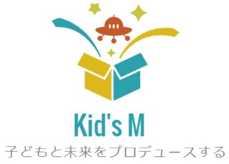
https://peraichi.com/landing_pages/view/kidsm
Company name: Kids M
Location: Miyuki Building 7F, 5-6-12 Ginza, Chuo-ku, Tokyo 104-0061
Description of business: Development and provision of career education research programs for elementary to high school students
(For individuals, schools and organizations)
Planning and operation of workshops and events for elementary and high school students
(For individuals, schools and organizations)
Kids M [(R) Children’s Product Development] was selected and implemented by “KIDA PROJECT 2020” hosted by senior staff at Keio University SFC Research Institute and the National Youth Education Promotion Organization Children’s Dream Fund 2020 and 2021.
【Kids M Media Publication Results】※Alphabetical Order
Asahi Shimbun EduA, Sankei Shimbun, Fuji Sankei Business Eye


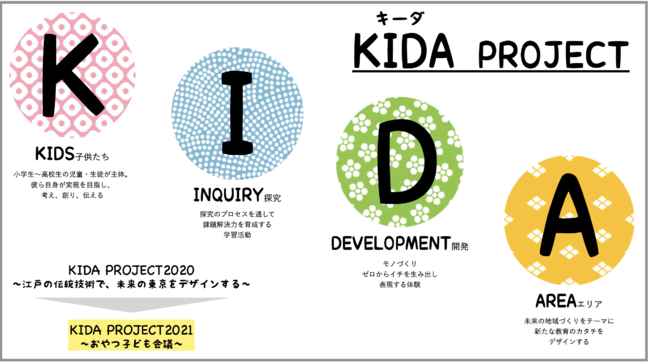

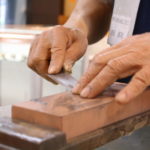
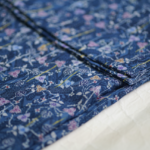



GIPHY App Key not set. Please check settings